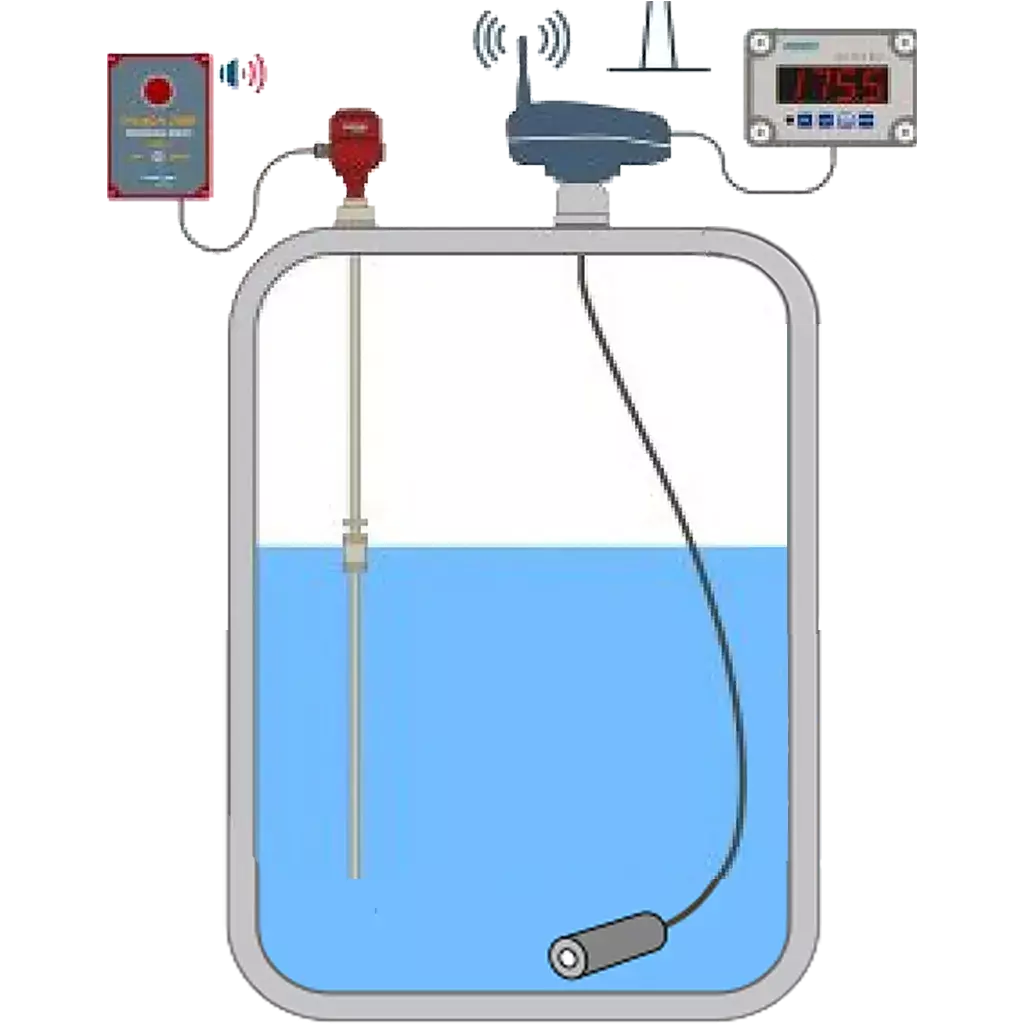Straight Talk On Remote Tank Level Monitoring

Telemetry for mini bulk or bulk chemical tanks is a wireless system that controls data about liquid containers in remote, unstaffed areas where connecting data lines would be too hard or expensive. Some of the places in these areas are oil refineries and places that store chemicals.
A typical Tank Telemetry monitoring solution uses cellular connectivity to link liquid-level sensors installed in industrial tanks to measure things like volume or temperature to a data backend that collects and shows data. Temperature and volume are two of these properties.
Customers are most likely to come from businesses that sell gasoline, chemicals, lubricants, propane, or products that treat water. Tank telemetry is meant to save businesses money, time, and trouble by using a monitoring system that collects metrics and keeps businesses informed about their tanks 24 hours a day, seven days a week.
So, how does tank telemetry actually work?
There are a few solutions that can be set up and used in a few minutes with very little help because they are almost “plug and play” add-ons. We need to know some things about the tank where the sensor is installed so that we can set up the sensor, which usually uses ultrasound. This information includes the height of the tank’s sidewalls, the tank’s diameter, its maximum capacity, and the level of the vessel when the sensor is installed.
The process control is an opening in the shape of a bolt that is closed off with a gasket. This hole is the place where a sensor can be physically connected to the tank. The sensor closes the opening in the process control by screwing itself into place.
After the device is set up, an initial reading is taken based on the parameters that have been explained. This is done before a cellular connection is made if one is available. Sensors that are powered by solar energy or batteries, depending on where they are, can send information in real-time or on a schedule that has already been set.
If the sensor is powered by a limited energy source, it will let you know when the battery needs to be changed when it notices that it is getting low on power.
The answer depends on whether or not two different ends can connect without any problems. The ship’s sensors send out a wide range of information, including:
- Information that is key to keeping track of assets
- Location-based monitoring and analysis of how much is used
- Tank efficiency reports give information that can be used to plan the best route in case you need to refuel.
- Being able to get information about tanks 365/24/7.
- Notifications and alerts of many types (empty/full, temperature, etc.)
- Accurate readings of both the tank level and the temperature in real-time
It’s not too hard to make a case for tank level telemetry because it affects productivity optimization and cost savings in more than one way. Some of these ways are to avoid costly run-outs that affect service, to avoid trips to fill tanks that already have enough liquid or batteries, and to get immediate alerts when levels drop below a certain threshold. Because of these effects, it is not too hard to make a case for tank telemetry.
Telemetry tank level monitoring also makes it possible to reduce delivery miles and service downtime by a large amount. A tank telemetry solution that has been carefully designed will give you a good return on your investment in a short amount of time. Problems with the machines, like leaks, theft, running out, and safety problems, are quickly found and fixed.
Learn more about Sentinel Remote Tank Level Monitoring
Please contact us to discuss your application


